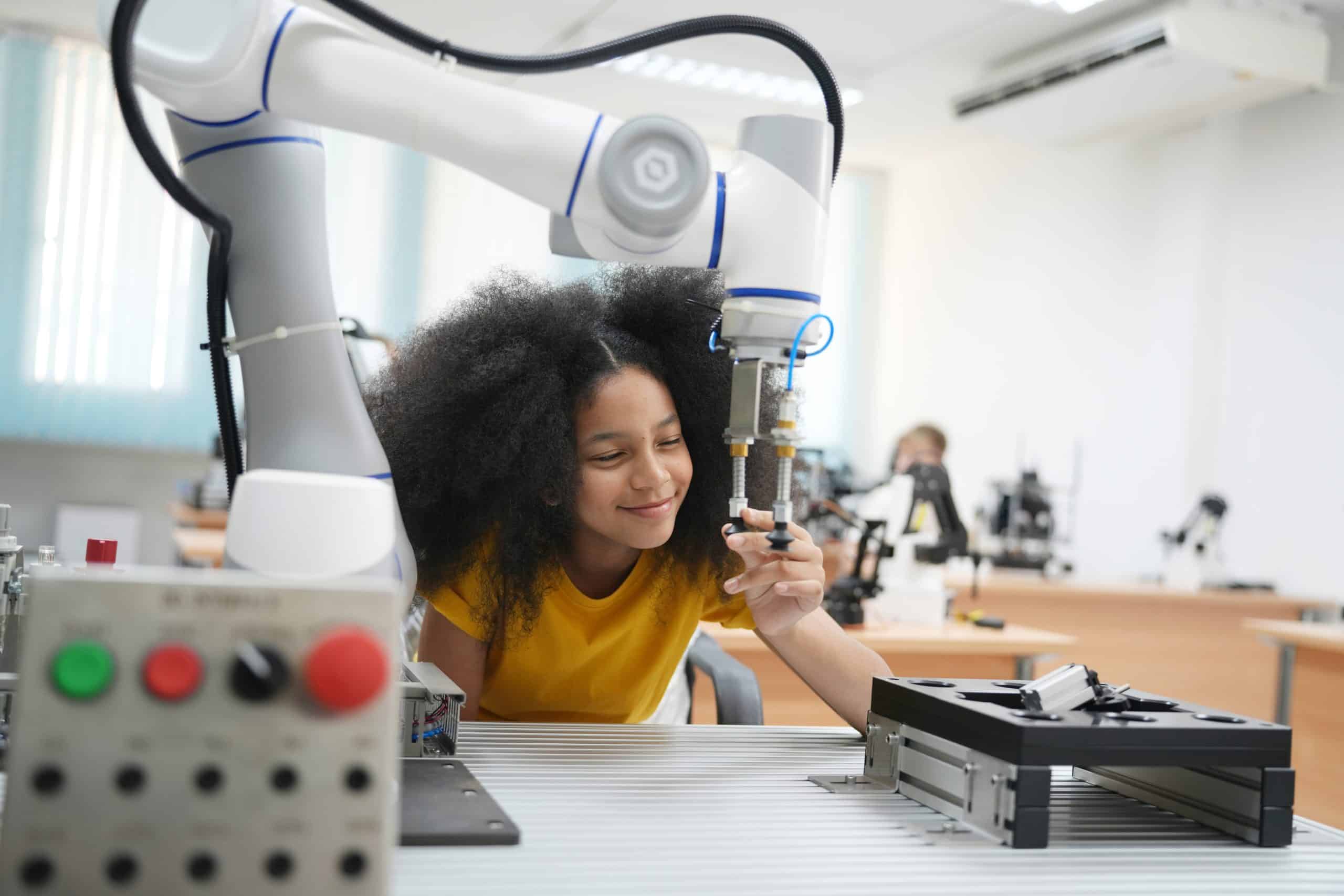What Are the Latest Breakthroughs in Non-Invasive Diabetes Monitoring?

Diabetes, a condition marked by elevated glucose levels, is a chronic disease that affects millions worldwide. It necessitates routine blood glucose monitoring, which traditionally involves invasive methods such as finger pricking. However, the technology for diabetes monitoring is evolving with the development of non-invasive techniques.
These cutting-edge advancements aim to ease the daily burden of diabetes monitoring. They employ a range of scientific disciplines like optics, spectroscopy, and electronics. Today, we delve into the latest breakthroughs in non-invasive diabetes monitoring, addressing the principles of light scattering, absorption, and the use of specific ranges of light like mid-infrared (MIR). We will discuss novel technologies like optical glucose sensors, electrode-based methods, and infrared spectroscopy.
Sujet a lire : What’s New in Bioreactor Technology for Carbon Capture?
How Does Optical Glucose Sensing Work?
Optical glucose sensing is a promising form of non-invasive diabetes monitoring. It relies on the principle of light scattering and absorption. As glucose concentration in the blood alters, it changes the optical properties of the tissue. An optical sensor reads these changes, providing an estimate of blood glucose levels.
First, let’s understand light scattering. As light interacts with tissues, it bounces off in different directions – a phenomenon known as scattering. The scattering pattern changes with different blood glucose concentrations. By analyzing this scattering pattern, an optical glucose sensor can estimate the glucose levels in the blood.
A lire aussi : Discover the best real estate properties in Terrebonne
Now, onto light absorption. Certain molecules in our body, like glucose, absorb specific wavelengths of light. As glucose concentration changes, so does the absorption of light in the tissue. Optical sensors use this principle to determine glucose levels.
Infrared Spectroscopy for Glucose Monitoring
Infrared (IR) spectroscopy is another innovative technology in non-invasive glucose monitoring. It uses the infrared range of light, which is sensitive to the vibrational energy levels of molecules like glucose. Specifically, mid-infrared (MIR) spectroscopy is showing great promise in diabetes monitoring due to its high sensitivity to glucose.
In MIR spectroscopy, an infrared source illuminates the skin, and the reflected light is collected by a detector. This light contains information about the glucose levels in the blood. By analyzing the MIR spectrum, a spectroscopic sensor can estimate the blood glucose concentration.
It is important to note that the accuracy of MIR spectroscopy depends highly on the detection technology. Advanced detectors and data analysis algorithms are critical for reliable glucose measurements.
Electrode-Based Non-Invasive Glucose Monitoring
Electrode-based glucose monitoring is a relatively new area of research. These methods involve the use of electrodes to measure glucose concentration without penetrating the skin. They are based on a variety of techniques, such as impedance spectroscopy and amperometry.
Impedance spectroscopy measures the electrical impedance of the skin, which changes with glucose concentration. By analyzing these changes, an electrode-based sensor can estimate blood glucose levels. These sensors are often combined with temperature sensors to improve their accuracy.
Amperometry is another method used in electrode-based glucose monitoring. It involves applying a voltage to an electrode and measuring the resulting current. The current is directly related to the glucose concentration, allowing for non-invasive glucose measurement.
Time Is of the Essence: Continuous Glucose Monitoring
Diabetes management isn’t just about knowing your blood glucose levels; it’s also about understanding how they change over time. Continuous glucose monitoring (CGM) systems provide this valuable insight, allowing you to track your glucose levels throughout the day without invasive procedures.
Optical glucose sensors, infrared spectroscopy, and electrode-based methods can all be adapted for continuous glucose monitoring. These devices typically provide real-time data, helping you manage your diabetes more effectively.
Continuous glucose monitoring offers numerous benefits. It allows for better diabetes management, reduces the risk of hypoglycaemia and hyperglycaemia, and provides valuable data for healthcare professionals.
The Scholar’s Take on Non-Invasive Glucose Monitoring
Research in the field of non-invasive glucose monitoring is rapidly progressing. Scholars around the globe are working on innovative methods for non-invasive glucose detection and monitoring.
Academics are not only interested in the development of new technologies but also in their validation. Clinical trials are essential to confirm the accuracy and reliability of these non-invasive glucose monitoring techniques. Therefore, research is ongoing to improve detection technologies, data analysis methods, and device designs.
The integration of these devices with digital health platforms is another exciting area of research. It allows for remote monitoring, data sharing with healthcare providers, and integration with insulin delivery systems.
In summary, the scholarly community plays a pivotal role in the advancement of non-invasive diabetes monitoring technologies. Their research and development efforts are transforming diabetes management, making it less invasive and more user-friendly for patients worldwide.
Raman Spectroscopy: A Novel Approach Towards Non-Invasive Glucose Monitoring
One of the most exciting technologies in the field of non-invasive glucose monitoring is Raman spectroscopy. Derived from the field of optics, it offers a unique approach to determining glucose concentration in the body.
Raman spectroscopy is a technique that investigates vibrational, rotational, and other low-frequency modes in a system. It is so named for C.V. Raman, who won the Nobel Prize in Physics for its discovery. In the context of non-invasive glucose monitoring, it employs light to probe the glucose molecules in our bodies and provide valuable information about their concentration levels.
How does Raman spectroscopy work? The process begins with a light source, typically a laser, illuminating the skin. Glucose molecules in the body scatter this light, and a small fraction of it undergoes a shift in energy, a phenomenon known as Raman scattering. This scattered light carries the fingerprint of glucose molecules, which is then collected and analyzed to determine the blood glucose concentration.
The main advantage of Raman spectroscopy is its specificity. It offers a unique signature for glucose, making it less susceptible to interference from other substances in the body. This characteristic makes it a promising technology for accurate, non-invasive glucose monitoring in real time.
However, one must note that the successful implementation of Raman spectroscopy in non-invasive glucose monitoring is contingent on the development of sophisticated algorithms. These algorithms are vital to interpret the complex signal and extract accurate information about the blood glucose concentration.
The Future of Non-Invasive Glucose Monitoring: An Optimistic Outlook
As we continue to make strides in the field of non-invasive glucose monitoring, the future looks promising. The continuous evolution and refinement of technologies like optical glucose sensors, infrared spectroscopy, electrode-based methods, and Raman spectroscopy are transforming the way we manage diabetes.
A significant development is the integration of these technologies with digital health platforms. This innovation means that glucose monitoring can be done remotely, with data seamlessly shared with healthcare providers. This not only improves patient convenience, but also enhances the quality of diabetes care.
Moreover, the development of continuous glucose monitoring systems is a significant advancement. By providing real-time data, these systems allow for better management of glucose levels, reducing the risk of hypo and hyperglycaemia. They also provide valuable information to healthcare professionals, contributing to improving patient outcomes.
However, the journey towards perfecting non-invasive glucose monitoring is not without challenges. While these technologies show great promise, they still need further validation through rigorous clinical trials. The goal is to ensure their accuracy, reliability, and user-friendliness.
Moreover, the development and implementation of these technologies are contingent on the availability of advanced detectors and sophisticated data analysis algorithms. As such, the scholarly community plays an integral role in this journey. By conducting research and development, they are leading the charge towards a future where diabetes management is less invasive and more efficient.
In conclusion, the field of non-invasive glucose monitoring is one of rapid growth and innovation. As we continue to make breakthroughs, the goal of providing an efficient, accurate, and user-friendly way of managing diabetes is becoming increasingly attainable. With the ongoing research and development efforts worldwide, the future of non-invasive glucose monitoring looks bright indeed.
